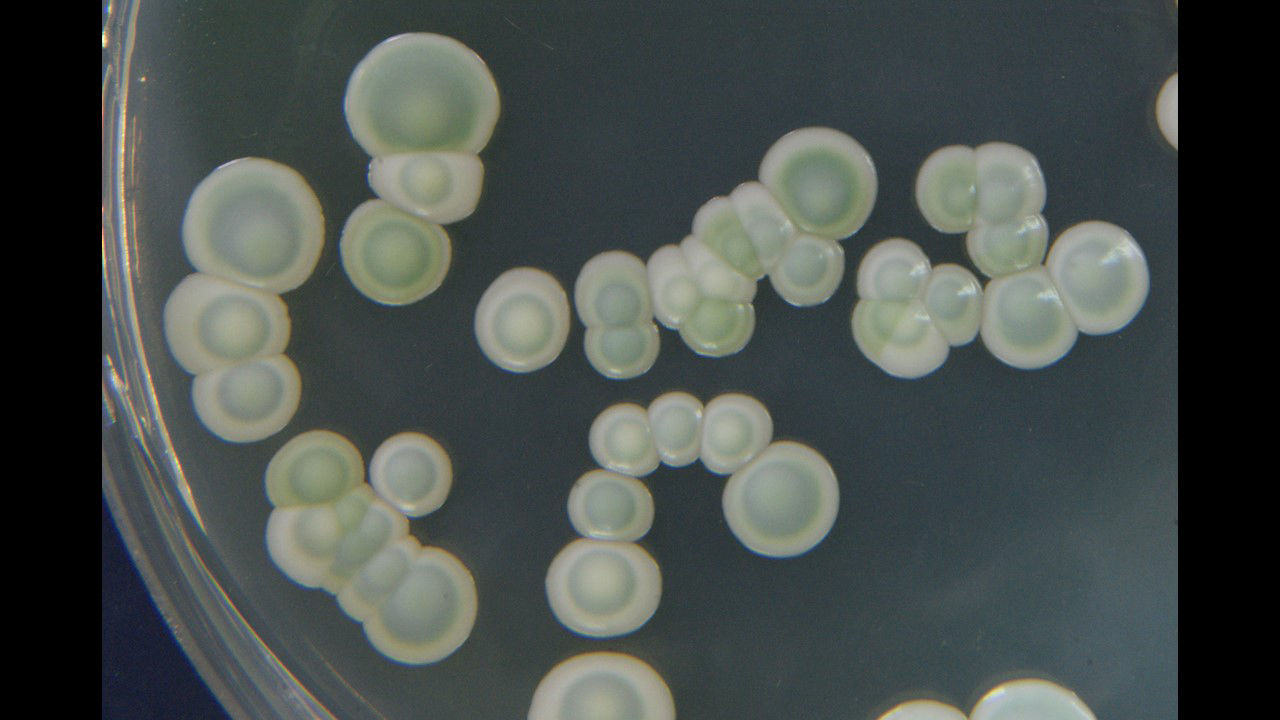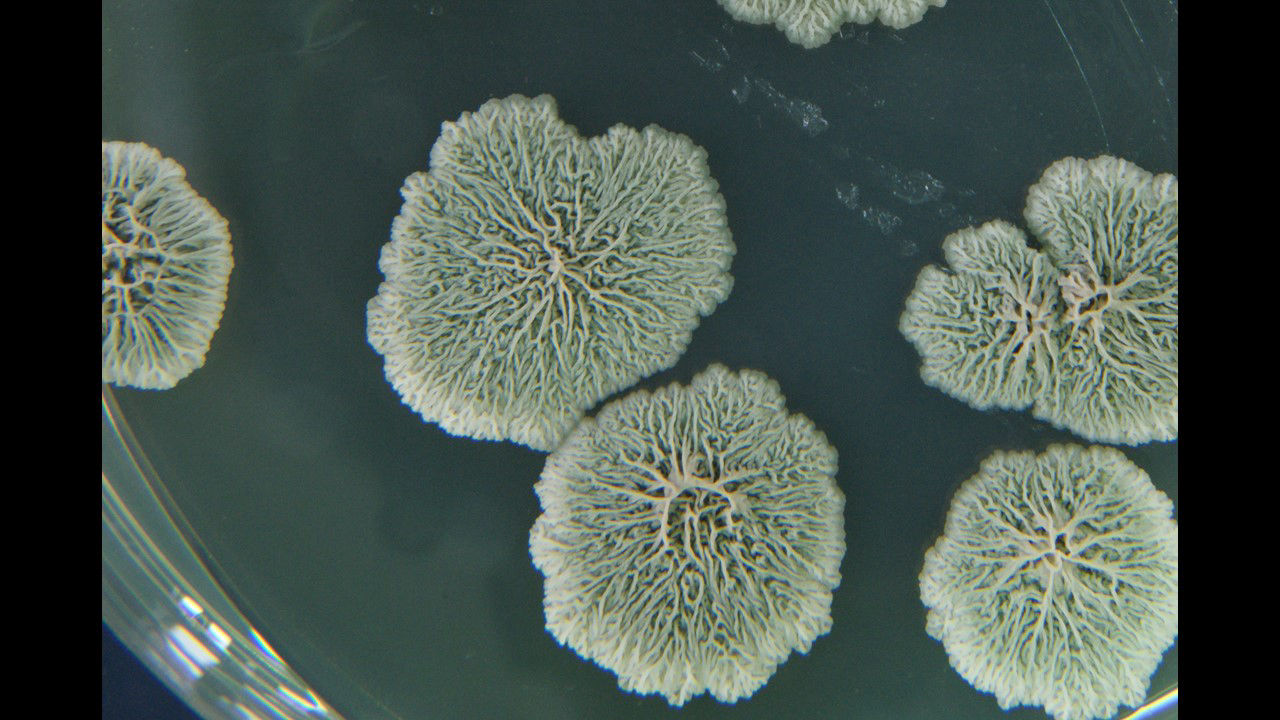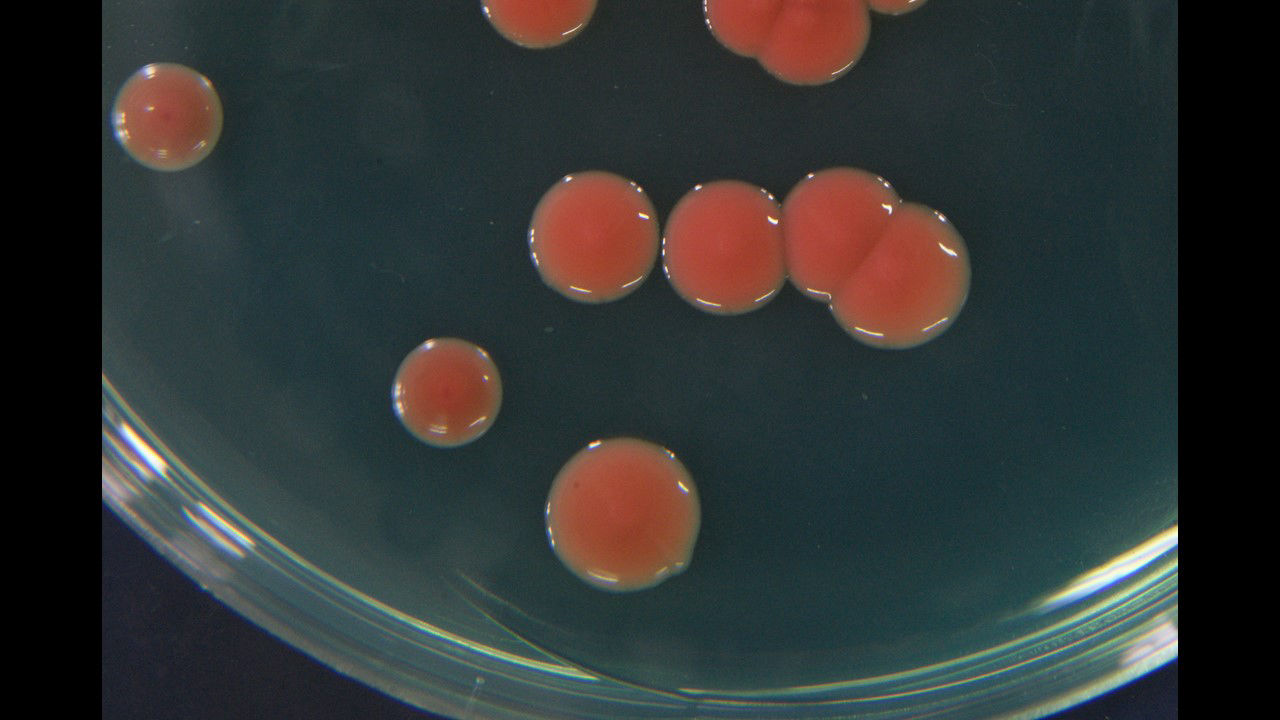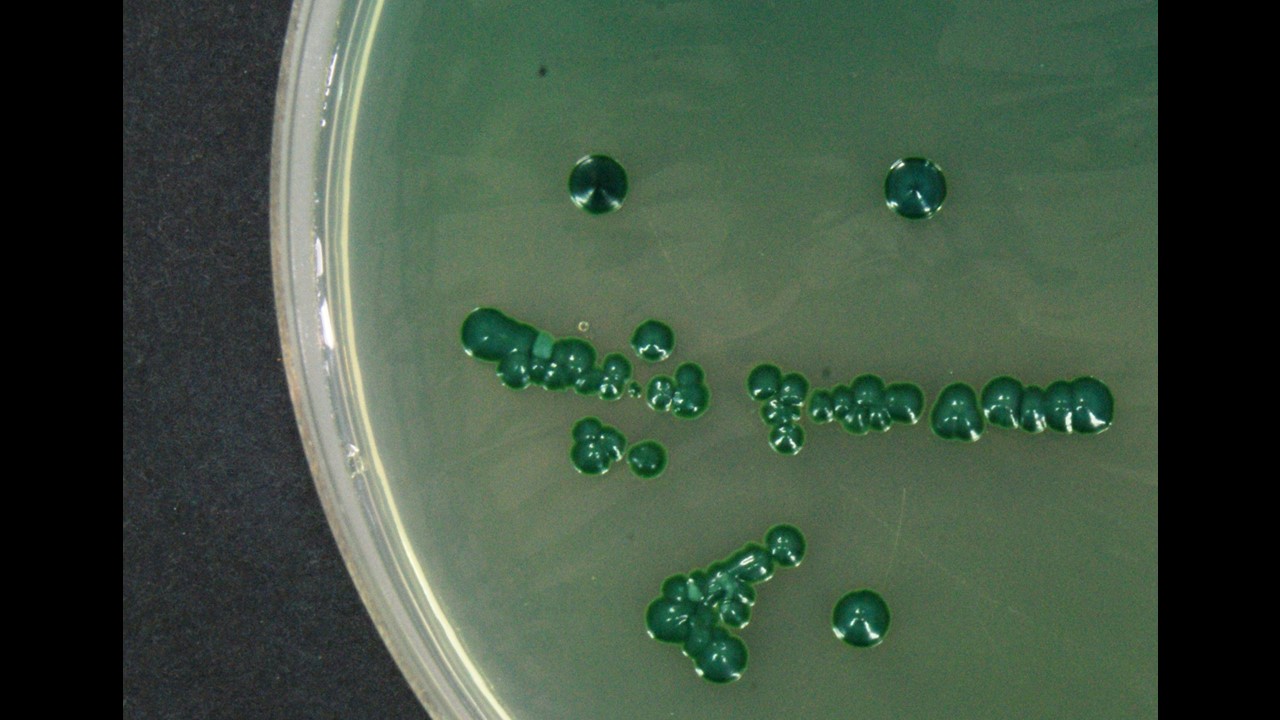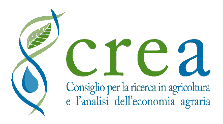The CREA- Viticulture and Oenology Research Center (CREA-VE)
of Asti (Italy) maintains one of the most important collections
of microorganisms of viticultural and oenological interest at
national level, called CREA -Collection of microorganisms of the
viticultural and oenological environment (CREA-CMVE). The
conservation of these microorganisms began at the Asti
Enological Station in the 1970s and was managed by the
enological microbiology research laboratory. The collection was
formally established in 1989 and was originally called the
National Collection of Wine Yeasts and Bacteria - Experimental
Institute for Enology CNLBSV-ISE.
In about 40 years of research, experimentation and
maintenance, the Collection has been enriched with various
strains and species of microorganisms of oenological and
viticultural interest, both in terms of organisms useful for
wine production processes, spoiling strains of contaminated wine
and of the winery environment. The microorganisms stored in the
Collection were, therefore, isolated from the grapes, from the
musts at the beginning and end of fermentation and from the
wine. The most recent isolations are the result of scientific
research activities, from experimentation relating to the
selection of ecotypic yeasts and bacteria, to the assessment of
biodiversity in the vineyard, to third party analyzes aimed at
identifying wine contaminants found in bottles or in cellar
equipment.
To date, the collection includes about 1400 isolates of
yeasts and 280 isolates of lactic bacteria. A little collection
of bacteriophages is recently been added. The strains are
cataloged using the prefix ISE (for example ISE1145), acronym of
Experimental Institute for Enology, the previous name of the
Center. The strains are stored in triplicate at -80 ° C.
Recently the collection was enriched with the purified DNA
extracted from all the strains and completely re-analyzed with
molecular methods as ARDRA (Amplified Ribosomal DNA Restriction
Analysis ) RAPD (Random Amplification of Polymorphic DNA)
ribosomal DNA sequencing. Saccharomyces cerevisiae were
characterized at strain level with Multiplex Microsatellite
technique.
In this large number of isolates all the main species of
oenological interest are represented. As far as yeasts are
concerned, most of the strains are represented by the genus Saccharomyces
in its two main species protagonists of alcoholic
fermentation S. cerevisiae and S. bayanus.
Alongside these, the yeasts present in the early fermentation
phases, in the alterations and refermentations for a total of
about 35 different species were collected.
The lactic bacteria present in the collection are mostly
belonging to the species Oenococcus oeni and to the
Lactobacillus genus, responsible for the malolactic
fermentations. In addition to these there are some species
regarded as dangerous for the wine quality such as, for example,
Pediococcus damnosus and Pediococcus pentosaceus
responsible for the wine defect called "ropiness", or harmful
strains of the genus Lactobacillus capable of
generating biogenic amines.
Since 2022, the collection has been a
member of ECCO,
(European Colture Collections Organization), a scientific
organization that gathers the most important European
collections.
